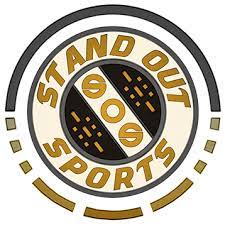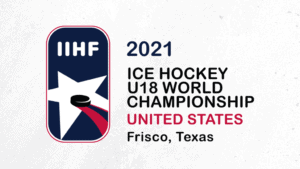When embarking on the exciting journey of being recruited to a hockey team, it is essential to approach the process with caution and awareness. While many teams offer incredible opportunities for growth and success, it’s important to be mindful of potential red flags that could indicate underlying issues within the organization. By recognizing these warning signs and conducting thorough evaluations, you can make informed decisions that align with your goals and aspirations. In this article, we will explore the top five red flags to watch out for when being recruited in ice hockey, providing you with valuable insights to help navigate the recruitment process effectively.
- History of player misconduct or abuse: One of the most significant red flags is a team with a documented history of player misconduct or abuse. This can encompass various forms of mistreatment, such as physical or emotional abuse, bullying, or harassment. It’s crucial to thoroughly research the team’s background, including any past incidents or allegations, and consider whether joining such an environment is in your best interest. Look for organizations that prioritize player safety, well-being, and positive development.
- High turnover rate within the team or coaching staff: A consistently high turnover rate among players and coaching staff can indicate underlying issues within the team. It’s essential to understand the reasons behind this turnover. It may suggest problems with team dynamics, coaching effectiveness, or inadequate support systems. A stable and committed coaching staff, as well as a cohesive team, are crucial for long-term development and success. Consider discussing the turnover with current and former players or seeking feedback from reliable sources to gain insight into the team’s stability and culture.
- Lack of transparency in finances and operations: Transparency regarding a team’s finances and operations is vital for maintaining trust and ensuring a sustainable program. Look for clear communication about how the team is funded, how player fees are utilized, and any financial obligations that players may have. A lack of transparency in this area can raise concerns about potential financial instability, which may negatively impact the team’s ability to provide necessary resources and support. Open and honest communication about finances is essential for maintaining a healthy player-team relationship.
- Absence of a clear development pathway: A well-structured development pathway is crucial for player growth and advancement. It’s important to determine if the team has a clear plan in place to foster the progress of its athletes. Look for programs that provide opportunities for skill development, appropriate competition levels, and pathways for advancement to higher levels of play. A lack of a defined development pathway may hinder your growth and limit future opportunities within the sport.
- Limited exposure to scouts and opportunities: If your goal is to pursue higher-level hockey or college scholarships, it’s important to assess the team’s ability to provide exposure to scouts and opportunities for advancement. Look for teams with a track record of helping their players gain visibility in the hockey community, whether through participation in high-profile tournaments, showcases, or connections with scouts and college recruiters. Lack of exposure and limited opportunities to showcase your skills can impede your chances of reaching your long-term hockey goals.
In conclusion, navigating the recruitment process in ice hockey requires a careful balance of excitement and discernment. By being aware of the top five red flags discussed in this comprehensive guide, you are equipped with the knowledge to make informed decisions that prioritize your well-being and long-term success. Remember to thoroughly research teams, assess their history, culture, and transparency, and evaluate their commitment to player development and opportunities. By staying vigilant and trusting your instincts, you can choose a hockey program that provides a supportive, enriching, and safe environment to flourish as an athlete. Best of luck on your hockey journey!












